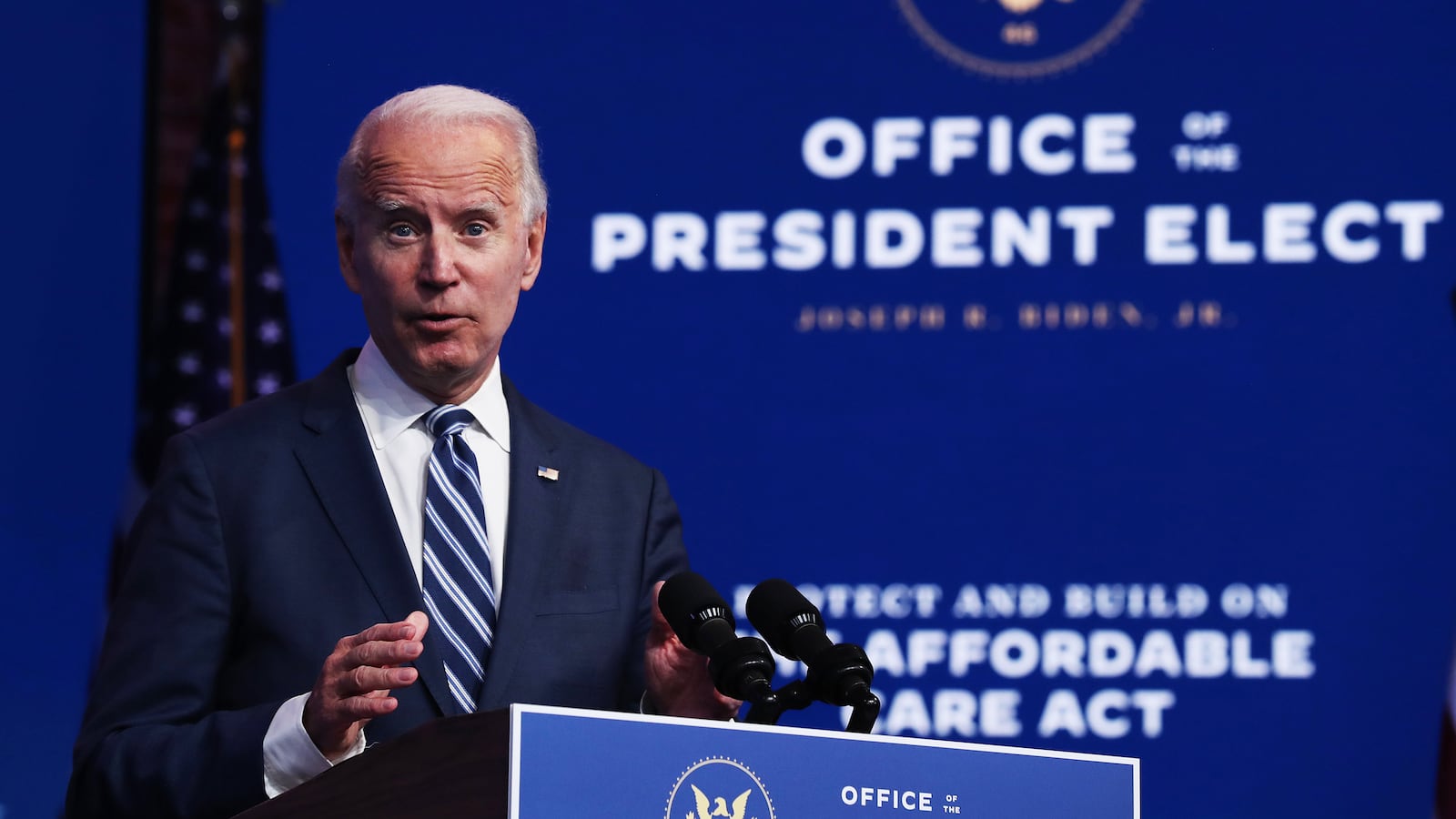The future edged out the past in last week’s presidential elections. But don’t give up on yesteryear. Out-of-step with the times and struggling though it may be, it still maintains a zombie-like stranglehold on power in America.
The Constitution grants vastly more power to the America we used to be than the America we are becoming. And, as a bonus to our plutocrats, that 243-year-old piece of parchment offers them a bargain-basement way to maintain power, a way they can keep the biggest piece of the pie indefinitely by paying for a much smaller slice.
Unfortunately, the downside of all this is that the United States as we once we knew it is very likely doomed. How is that possible? Let me explain.
The America that elected Joe Biden is well-educated, diverse, and an economic powerhouse. The America that supports Trump is economically less than half its size, heavily dependent on Biden’s United States and, self-destructively, it seeks to undermine the sources of well-being on which it relies.
According to a new study of election results from the Brookings Institution, of the 96 percent of all counties from which we currently have results, the 2,497 that Trump won are responsible for 29 percent of U.S. economic output. The 477 counties that Biden won equal 70 percent of GDP. As the study reports, “Blue and red America reflect two very different economies: one oriented to diverse, often college-educated workers in professional digital services occupations, and the other whiter, less educated and more dependent on traditional industries.”
Of the big counties that Hillary Clinton did not carry in 2016, Biden flipped half of them. In fact, he led or leads in 90 of the 100 most populous counties in the United States. The Brookings study notes that Democrats “prioritize housing affordability, an improved social safety net, transportation infrastructure and racial justice. Jobs in blue America also disproportionately rely on national R&D investment, technology leadership and service exports.
“Republicans,” it continues, “represent an economic base situated in the nation’s struggling small towns and rural areas. Prosperity there remains out of reach for many and the party sees no reason to consider the priorities and needs of the nation’s metropolitan centers.”
Well, then, you might say, a Biden presidency is likely to be a win for progress. But not so fast. Because last week’s elections also showed that the advantages built into our system for less populated states continue to translate into disproportionate control for their representatives in the federal government and statehouses. The Democrats made no gains in state legislatures, lost one governorship, and the GOP now controls 55 of 99 state legislative bodies. The GOP picked up at least six House seats. And control of the Senate has come down to two run-off races for Georgia seats currently held by Republicans.
We have seen the advantages our system has given GOP presidential candidates. Biden won 5 million more votes than Trump, but his Electoral College win turned on states where the margins were typically in the tens of thousands of votes. As we know, both Bush and Trump won election the first time despite having received a minority of the popular ballot.
But our system gives red states a huge advantage up and down the ballot. Democrats could lose both of the Georgia run-offs and be in the minority in the Senate and their senators will still represent 20 million more voters than the GOP “majority.” As Ezra Klein accurately observed in a recent piece for Vox, “To reliably win the Electoral College, Democrats need to win the popular vote by 3 or 4 percentage points. To reliably win the Senate, they need to run 6 or 7 points ahead of Republicans. To reliably win the House, they need to win the vote by 3 or 4 points.”
And the imbalance in statehouses gives Republicans the chance to gerrymander congressional districts that further contribute to the imbalance. For example, Democrats got 53 percent of the votes for the North Carolina statehouse but only 43 percent of the seats. The state senate results were similarly skewed. And that occurred in many states across the country.
As the title of Klein’s piece rightly observes, “The crisis isn’t too much polarization. It’s too little democracy.” And the problem is getting worse. More densely populated, more tolerant, better educated, more future-oriented blue America is going to have a tougher time being heard in the future. By 2040, 70 percent of our population will live in just 16 states. That means that 30 percent of population will get 68 seats in the Senate. Less than a third of us will control more than two-thirds of the Senate.
Also, as we have seen over the past few years, control of the Senate also translates into control of the judiciary, an entire branch of the U.S. government.
Big Republican donors realized this long ago. They could buy control of the country for pennies on the dollar. All they had to do was play to the concerns of this threatened minority in the United States—which was much cheaper to do since they did not live in the high-cost media markets of big cities—and they could effectively buy control of two vital parts of the U.S. government at bargain prices. Also, by controlling the judiciary, they could also win victories enabling their money to have more power (Citizens United), enabling them to suppress the vote (Shelby County) and enabling gerrymandering to continue to work its dark magic for them (Rucho v. Common Cause). All they had to do was offer a little red meat to the rural areas—play to their racism, play up litmus test issues that mobilized influential actors like evangelical church leaders—and then they could be assured of decisions that would protect their real interests like lower taxes and less regulation.
It is an ugly picture, a so-called democracy in which the rules are rigged for the few. But it is also a dangerous picture if those few are resistant to the changes the country needs to adapt, evolve, compete, grow and remain strong. Adding insult to injury, it is the red states, the ones promoting “less government” on behalf of fat cats, that are often doing the best off of tax payer dollars. Of the 20 states most dependent on the federal government, four went to Biden, 16 are firmly in the red camp.
So, blue states carry the economic weight. Blue states are driving America forward. Blue states are leading the way in education and social programs. And red states are living large on the results. But the blue states have less than half the power in the Senate. Candidates representing blue-state views face an uphill battle in every branch of our government. And not only is there no sign that is going to change, despite coming demographic shifts. It is likely to get worse.
There is no doubt that Joe Biden’s victory represents a big step forward those in the majority in the United States. He is very likely going to do much to help undo the damage caused by President Trump. But he may well be hamstrung by a GOP Senate and smaller margins in the House.
Worse, there is no likely immediate solution for this breakdown of democratic ideals in the world’s most prominent (and self-congratulatory) democracy. The Constitution will not get amended to fix these imbalances. It’s too hard to do, especially given the role statehouses play. Tensions between red and blue America are likely to grow as we move away from being a white majority nation.
Democrats could make a difference in the short-term by winning both seats and a Senate majority in Georgia. If they do, they could potentially add Puerto Rico or the District of Columbia as states, helping to offset the imbalance. They could rebalance and right-size courts. They could try to pass laws that take the advantages away from big donors and restrict gerrymandering and other anti-democratic tools.
That would however, require boldness we have not seen from Democrats in the past, boldness out of step with the past preferences of an institutionalist, centrist like Joe Biden. It would also require deftness to ensure that steps taken could not be undone by some future GOP majority. Perhaps the fact that it is the only hope for saving democracy in America and preserving any chance our republic has of remaining intact and competitive as a global power might produce that kind of visionary daring.
It is the question that history is posing for the incoming administration. Will they be the ones who ensure our future has a voice in our democracy or will they, alternatively, ultimately concede defeat to the flaws in our system and those who exploit them and ensure that our greatness, even our ability to remain unified as a nation, lies in our past?







